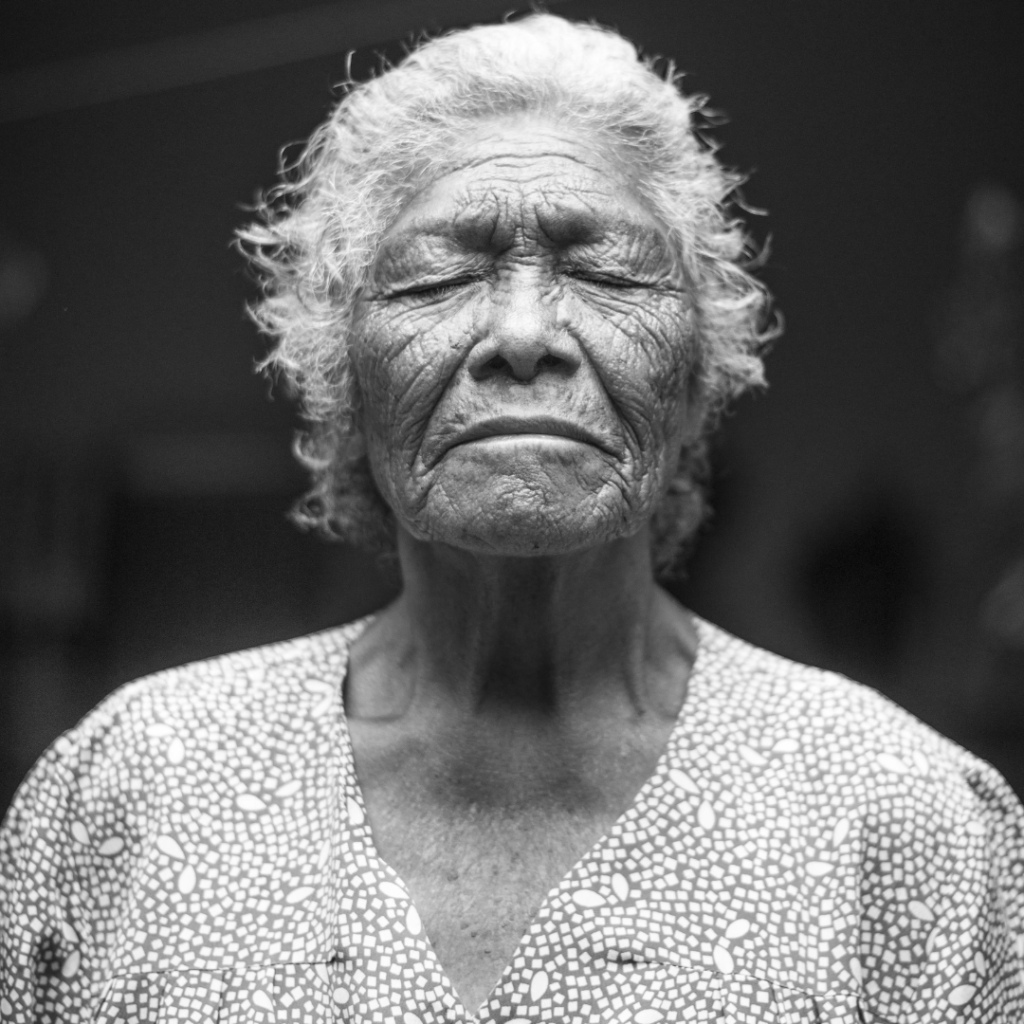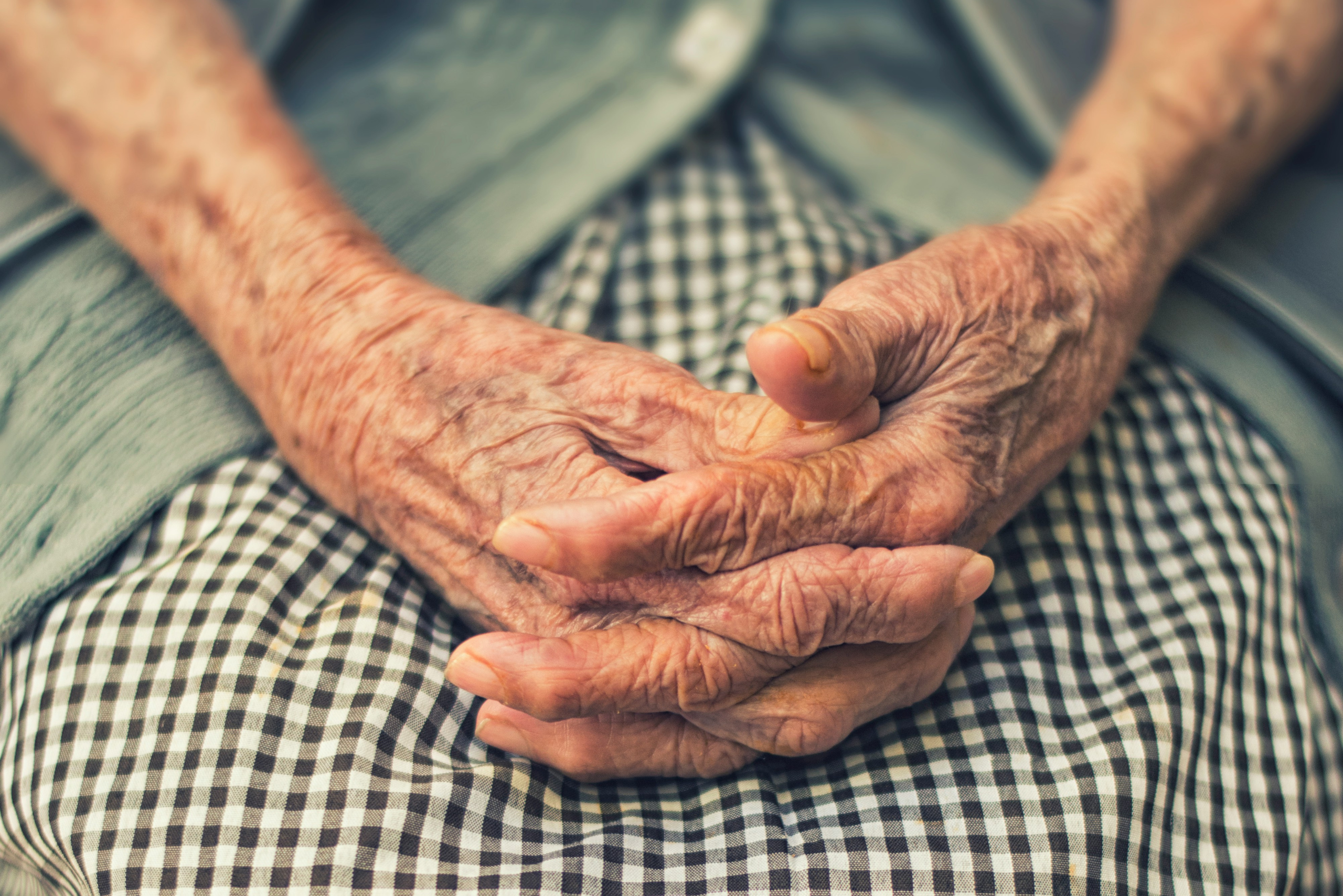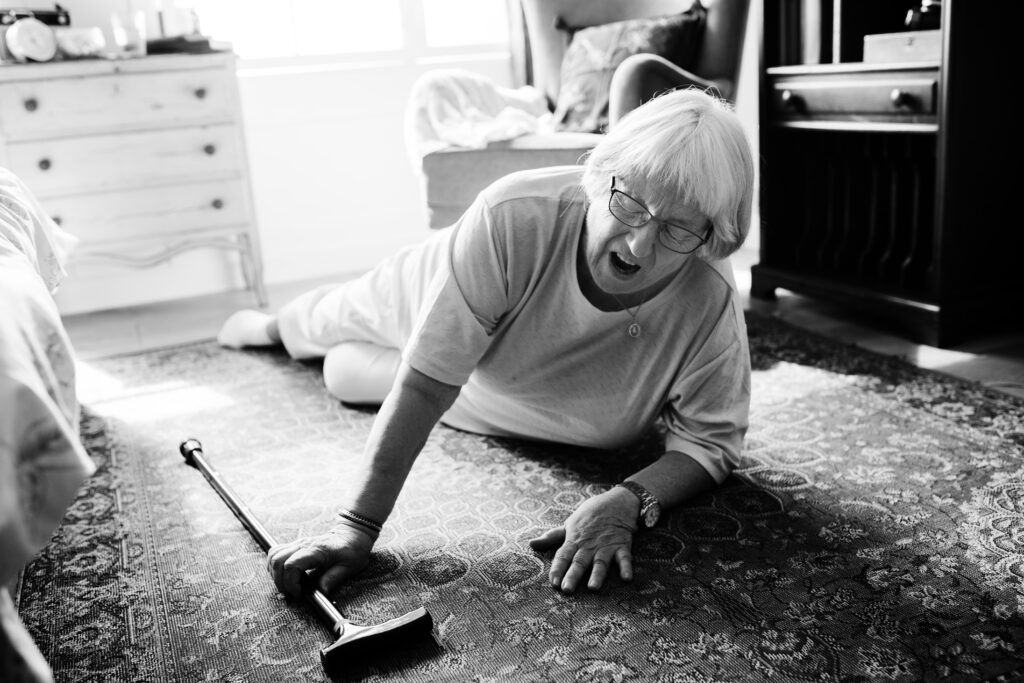June is Elder Abuse Awareness Month. This time of year is crucial to bringing attention to the plight of our senior population, who too often suffer in silence. Elder abuse is a significant issue, particularly in nursing homes where vulnerable residents may face various forms of mistreatment. Research suggests that about 10 percent of all nursing home residents experience abuse or neglect.
Elder abuse in nursing homes can manifest in several forms, including physical, emotional, financial, sexual, and general neglect. The perpetrators can be nursing home staff, other residents, or even family members. Recognizing the different types of abuse is the first step in addressing and preventing it.
Physical Abuse
Physical abuse involves causing physical harm to an elder. This can include hitting, slapping, pushing, or improper use of restraints. For instance, an elder might have unexplained bruises, broken bones, or marks that suggest they have been restrained inappropriately.
According to a 2021 National Institutes of Health (NIH) study, 29% of complaints about elder abuse in nursing homes involved physical abuse. This abuse could be inflicted by staff members, such as nurses or caregivers, or by visiting family members.
Example: Mrs. Johnson, an 82-year-old nursing home resident, was found with bruises on her arms and a broken wrist. Upon investigation, it was revealed that a staff member had roughly grabbed her and pushed her down during an argument.

Emotional Abuse
Emotional abuse can be just as damaging as physical abuse, often involving verbal assaults, threats, harassment, or isolation. This type of abuse can severely impact an elder’s mental health, leading to depression, anxiety, or withdrawal from social interactions.
Some common forms of emotional abuse may include:
- Intimidating and threatening a patient
- Ridiculing and insulting a patient
- Making a patient feel guilty or distressed
- Yelling or shouting at a patient
- Ignoring a patient or giving them the silent treatment
- Isolating them from friends or family
- Preventing them from participating in social activities
- Terrorizing or menacing the patient
- Threatening to withhold food and water
A survey conducted by the National Center on Elder Abuse found that 33.4% of nursing home residents experienced emotional abuse within the past year. Those with disabilities or other frailties may be more likely to experience mistreatment.
Example: Mr. Smith, a 79-year-old resident, was constantly berated and humiliated by a caregiver who would call him names and threaten to withhold food. As a result, Mr. Smith became withdrawn and fearful, avoiding contact with other residents and staff.
Financial Abuse
Financial abuse involves the illegal or improper use of an elder’s funds, property, or assets. This can include theft, forgery, or coercion to sign financial documents.
Example: Ms. Green, a 75-year-old resident, had her bank account drained by a family member who had gained her trust and then manipulated her into giving them access to her financial information.


Sexual Abuse
Sexual abuse involves any non-consensual sexual contact or behavior with an elder. This can include unwanted touching, rape, or any other sexual acts to which the elder does not consent or is incapable of consenting due to cognitive impairments.
Sexual abuse in nursing homes is often underreported compared to other types of nursing home abuse. According to the World Health Organization (WHO): 0.7% of nursing home staff members reported sexually abusing residents. 1.9% of nursing home residents (or their guardians/loved ones) reported sexual abuse.
Example: Mrs. White, an 84-year-old with dementia, was found to have unexplained bruises on her thighs and reported feeling afraid of a particular male staff member. Upon investigation, it was discovered that the staff member had been sexually assaulting her.
Neglect
Neglect is the failure to provide necessary care, resulting in harm or distress to the elder. This can include failing to provide adequate food, medical care, or assistance with hygiene.
Example: Mr. Brown, an 80-year-old resident, was left in soiled bedding for extended periods and was not given his prescribed medications on time, leading to severe bedsores and a decline in his health.
Warning Signs of Elder Abuse
Identifying the warning signs of elder abuse is critical for timely intervention. Some common signs include:
- Physical signs: Unexplained bruises, cuts, burns, or fractures.
- Behavioral changes: Sudden changes in mood or behavior, such as withdrawal, fearfulness, or depression.
- Financial irregularities: Unexplained withdrawals from bank accounts, missing valuables, or sudden changes in financial documents.
- Neglect indicators: Poor hygiene, malnutrition, dehydration, or untreated medical conditions.
- Emotional indicators: Anxiety, confusion, or sudden changes in sleeping patterns.

Preventing Elder Abuse in Nursing Homes
Preventing elder abuse requires a multifaceted approach involving families, nursing home staff, and the community. Here are some strategies that can help:
Family Involvement
Families play a crucial role in protecting their loved ones. Regular visits, unannounced check-ins, and building relationships with nursing home staff can help ensure that elders are treated well. Being actively involved in their care plan and monitoring their finances can also prevent financial abuse.
Staff Training and Support
Nursing homes should invest in comprehensive staff training programs that cover the recognition and prevention of elder abuse. Providing support for caregivers, such as counseling and stress management programs, can reduce the risk of burnout, which can lead to abuse.
Reporting Mechanisms
Establishing clear and accessible reporting mechanisms for residents, families, and staff to report suspected abuse is essential. Nursing homes should have policies in place to investigate and address allegations promptly and transparently. If you need help, or if you have questions about elder abuse, you can contact Options and an advocate will guide you through the reporting process.
Elder Abuse Awareness Month serves as a vital reminder of the need to protect our elderly population from abuse, particularly in nursing homes. By understanding the types of abuse, recognizing the warning signs, and implementing preventive measures, we can help ensure that our elders live their golden years in safety and dignity. Let us all take responsibility and act to stop elder abuse in its tracks, ensuring a brighter, safer future for our senior citizens.
If you need any additional information, have a question, or a concern, feel free to reach out to Options at our 24-hour toll-free helpline 800-794-4624. You can also reach an advocate via text by texting HOPE to 847411 or click 24-Hour Chat with Options.
Written by Anniston Weber
This project was supported by subgrant number 24-VAWA-07 awarded by the Kansas Governor’s Grants Program for the Office on Violence Against Women, U.S. Department of Justice’s STOP Formula Grant Program. The opinions, findings, conclusions, and recommendations expressed in this publication/program/exhibition are those of the author(s) and do not necessarily reflect the views of the Office of the Kansas Governor or the U.S. Department of Justice.




